By Joseph Bles
In the 1950s a small group of French artists in Paris took toy soldiers and began converting them into what we now know as military miniatures. On the surface this process appeared simple. The miniature artist repositioned the arms, legs, and stance of the toy soldier. Utilizing lead wrapping foil found on wine bottles and toothpaste tubes, they cut and soldered, forming uniform clothing on the figures until they obtained the desired result. With a palette of artist’s oils, not to mention years of training as professional artists, they began painting their creations.
The inspiration for creating these exquisite miniatures came from the Napoleonic Wars. The uniforms and colors of the Napoleonic armies offered a virtual rainbow of colors. Almost without exception every nation that took part preserved actual uniforms as well as countless paintings, drawings, and detailed written records. Among this treasure trove of authentic source material the French artists had a seemingly unlimited supply of inspiration. But even with an abundance of Napoleonic sources, interest in other wars and conflicts developed as well.
It didn’t take long for those lacking the skill of converting toy soldiers into miniatures to begin to look for easier fare. That spurred the growth of essentially a cottage industry of supplying finished castings for aspiring painters. Because the miniature figure began on the European Continent, initially a standard scale was set in the metric system’s millimeters. As the toy soldiers used to jump-start military miniatures were approximately 54mm, or about two inches high, this seemed to be the accepted scale for the military miniature field for well over a decade.
Although the origins of converting toy soldiers into military miniatures began in France, the main supply of ready cast figures came from England. In keeping with tradition, most were made of lead. Unfortunately, lead proved inadequate for the sharp detail a miniature artist demanded.
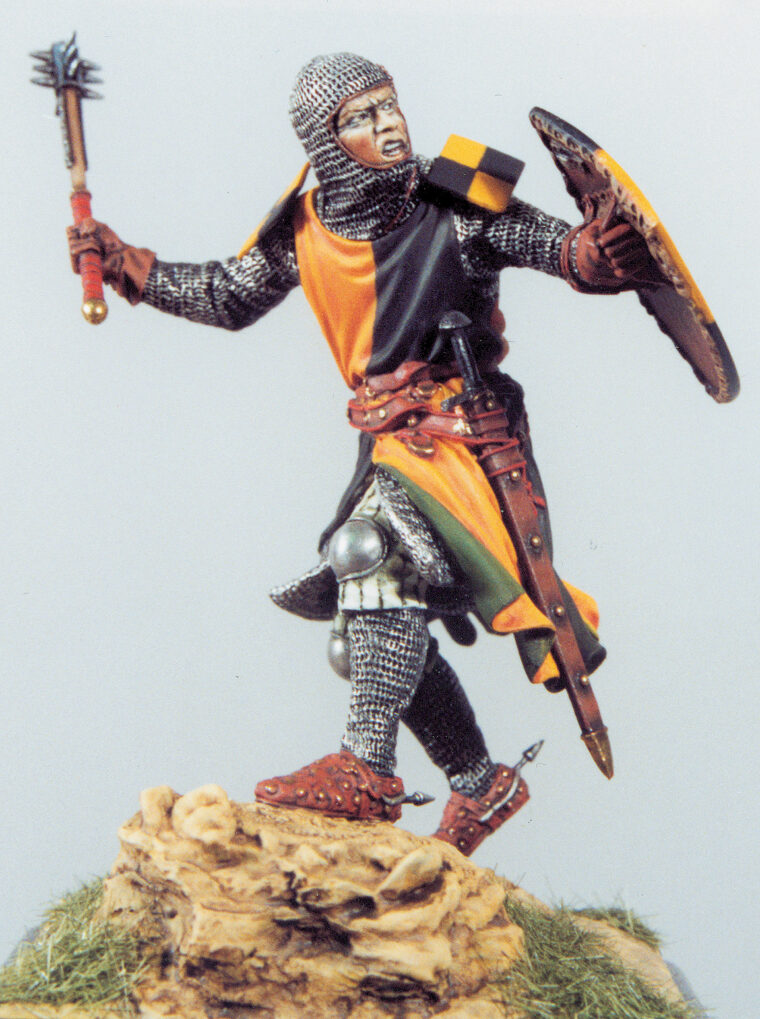
The solution proved to be pewter. Eventually becoming known as “white metal,” pewter is mostly tin, along with some lead. But it provided the fine detail the sculptor crafted into the master sculpture.
The growing field of military miniature enthusiasts created new markets, attracting those who were interested in researching uniforms, accouterments, and weapons, especially those with an eye to historical accuracy. This new direction was somewhat different from either playing with or collecting armies of toy soldiers. Add to this equation the dimension of having to paint miniatures in a realistic fashion, and the landscape changed from only the availability of toy- type soldiers to one of miniature models of real soldiers.
Great Britain dominated the military miniature market in the 1960s, but soon some pretty good competition arose from within Europe and the United States.
At this point interest began to develop in war- gaming figures. Military war gaming, of course, has been practiced in some form since ancient times, but in its recent form, 15- to 30mm scale, historically accurate figures were cast, painted, and placed on gaming boards or in a miniature realistic battle setting. Then the fun began. By randomly rolling dice, moves were made, so long as they conformed to tactics of that historical period, and battles were fought.
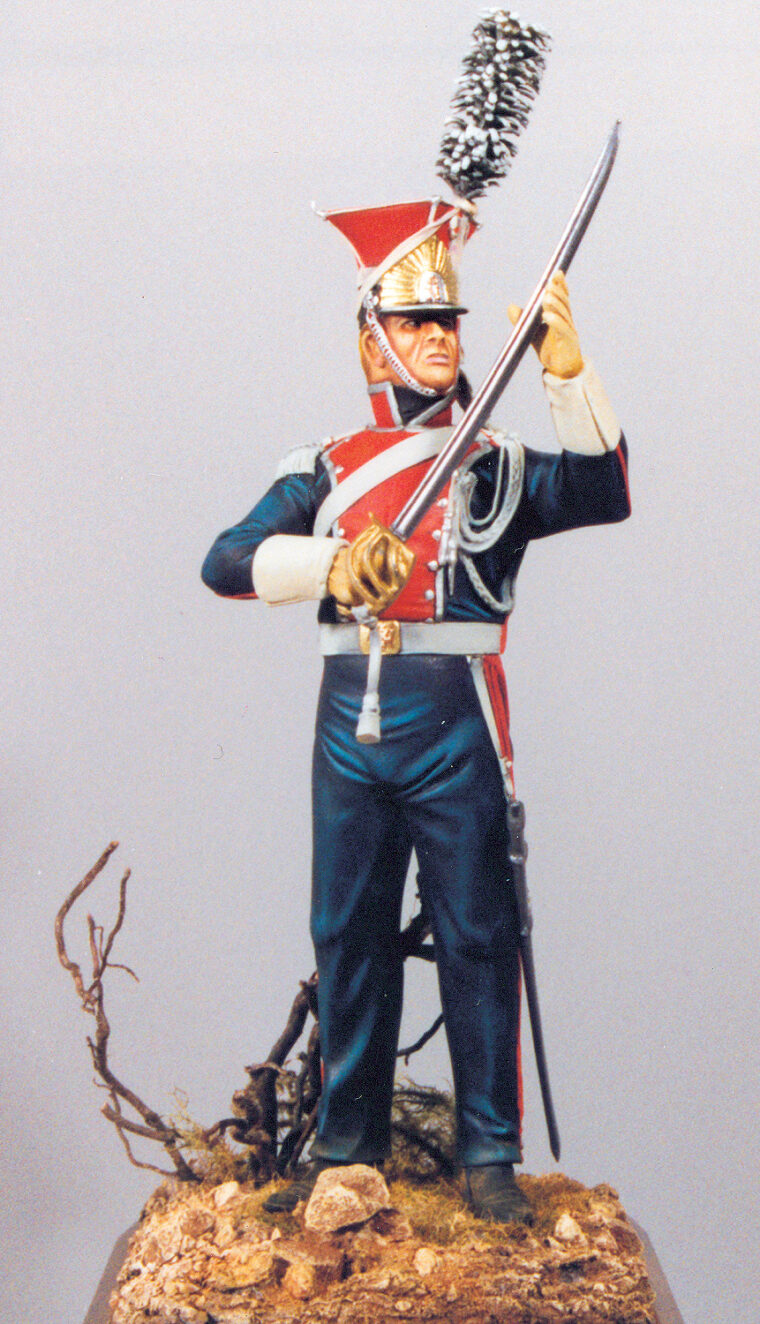
A spin-off is fantasy war gaming, fueled in part by the Dungeons & Dragons craze. This soon blossomed into a whole imaginary world. Because fantasy gaming appealed to a younger audience it attained, number wise, more popularity than its historical counterpart.
By the end of the 1960s and into the 1970s commercial interest grew enough to attract not only more enthusiasts, but also more small firms to supply the demand. This led to experiments in increasing the scale of military miniatures. A number were tried until a second scale, 90mm, about three inches, won approval. In England, perhaps the best proponent of this new scale was the Poste Militaire line of 90mm white metal figures. Sculpted and cast by Ray Lamb, Poste Militaire figures were superb. To this day they are undeniably the best metal figure kits ever produced.
By the mid-1970s the box diorama came into its own via a talented Chicago artist, Shepard Paine. “Shep” took a small miniature scene and enclosed it in a box with carefully controlled lighting. The opening on the front was framed, creating an enclosed scene. Looking through the opening is like looking at a 3-D painting.
Miniatures created a demand for specialized paints. Initially, paint was artist’s oils, but then interest grew in hobby enamels. They lasted until the advent of health and environmental concerns with lead-based paints. Acrylic and other water-based paints stepped in.
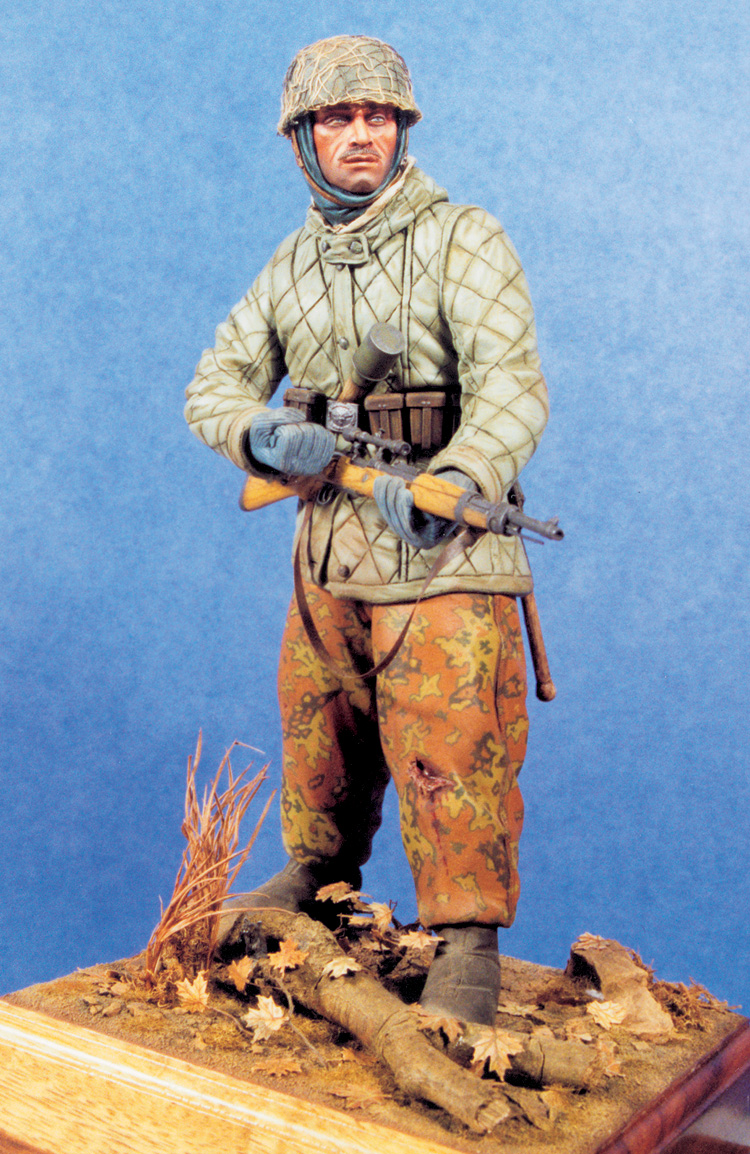
That same concern with lead in the metal miniature figures prompted the use of resin casting. Initially there was some resistance to replacing metal with resin (simply put, plastic), but that quickly vanished when painters discovered the results were the same. With the exception of weight, completed metal and resin miniature figures were indistinguishable.
In the 1980s one of the leading proponents of resin casting for military miniatures was François Verlinen of Belgium. Verlinen began by opening a hobby shop in Belgium. As a sideline, he began producing models, including military miniatures. He also started another scale revolution. His figures were cast in what he termed “120mm Super Scale.” These miniatures, which are about four and half inches high, became popular.
Verlinen’s line of miniatures has long since expanded to produce military miniature figures in various scales for armor and aircraft modelers. Before the 1980s when a plastic modeler built and displayed a piece of armor (military tank vehicle) or aircraft, there were rarely figures to go with it. Some organizations even had contest rules forbidding anything but the model itself. One reason for these rules was that models were made from plastic and only plastic could be used (some modelers added photo-etched metal parts to plastic models for what they considered greater realism). Those rules were eased somewhat when the requirement permitted the majority of the armor or aircraft models be made of plastic, thereby allowing metal parts or figures. Since by this time the overwhelming number of miniature figures for both armor and aircraft were made of resin, resistance weakened. Additionally, when modelers began to add a soldier or pilot to their models, a whole new perspective on the models began to emerge.
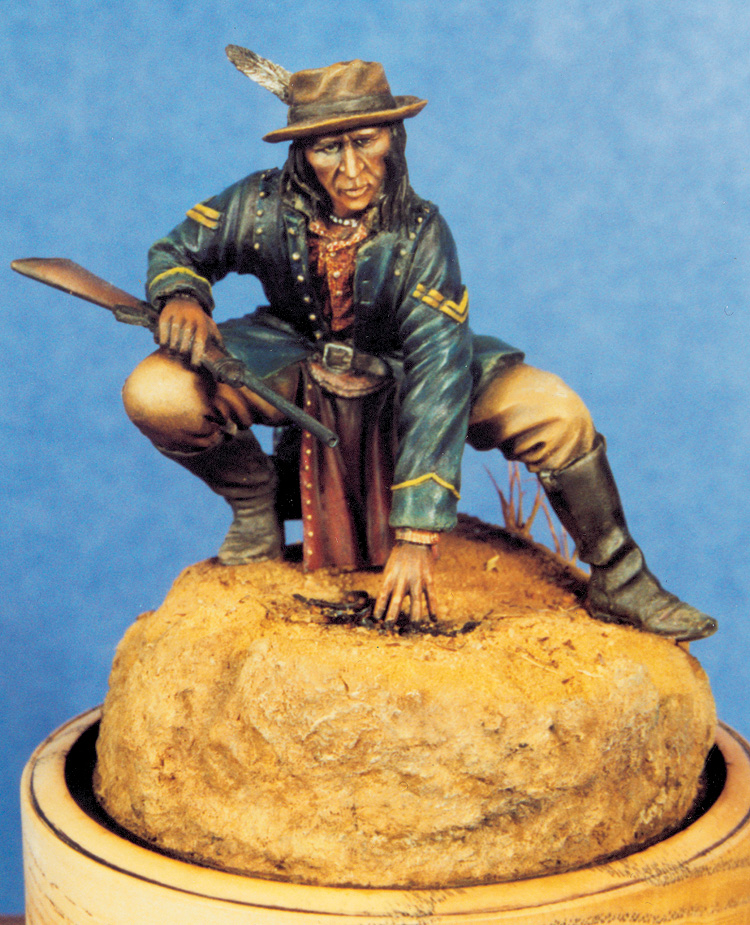
Soon two new miniature figure scales arose. Armor models were generally 1/35 scale. This makes a miniature figure slightly smaller than the 54mm scale. Aircraft modelers’ most popular scale is l/48, making a miniature figure about one and a quarter inches high, about three-quarters of an inch smaller than the 54mm scale. But another popular aircraft scale is 1/32, which is almost a perfect match for the 54mm scale. For aircraft modelers this happy marriage has led to a specialized interest in military aircrew and ground support figures. Now several firms specialize in the armor and aircraft market.
The 1990s witnessed another aspect of military miniatures, namely, busts. These figures consisted of the head and a portion of the upper body. Here again scale comes into play. Many were and continue to be done in 200mm scale. That would make a full figure about 11 inches tall. An innovator in this field was Lee Van Quang, originally from Vietnam, but now living in Belgium. His firm, Pili Pili Miniatures, produces 200mm resin busts along with a superb line of 120mm resin figures. Like Ray Lamb of Poste Militaire, Quang is consistent in incredible accuracy and the resin casting of his line of busts and figures.
As the military miniature painter and collector moves into the first decade of the 21st century there are so many choices of scale, ranging from 1/48 to 200mm. The military miniature has also become a global phenomenon. A cursory and by no means complete selection of countries with firms producing first-class miniatures includes: Italy—Pegaso and White Models; Spain—Andrea Miniatures and F.M. Beneito; France—Le Cimier and Metal Models; Germany—John Smith Modellbau and Hecker & Goros Miniatures; England—Poste Militaire, David Grieve Miniatures, Stadden Miniatures, Reheat Models, and Pete Barnicle Miniatures (a special favorite of mine); Belgium—Pili Pili; Hong Kong—Jaguar and Warriors; Australia—3d Art, Shenandoah Miniatures, and Walden Miniatures; and the United States—Fort DuQuesne, Michel Roberts, Ltd., Worster Miniatures, The Lost Battalion, The Pony Soldier, and Verlinen Productions.
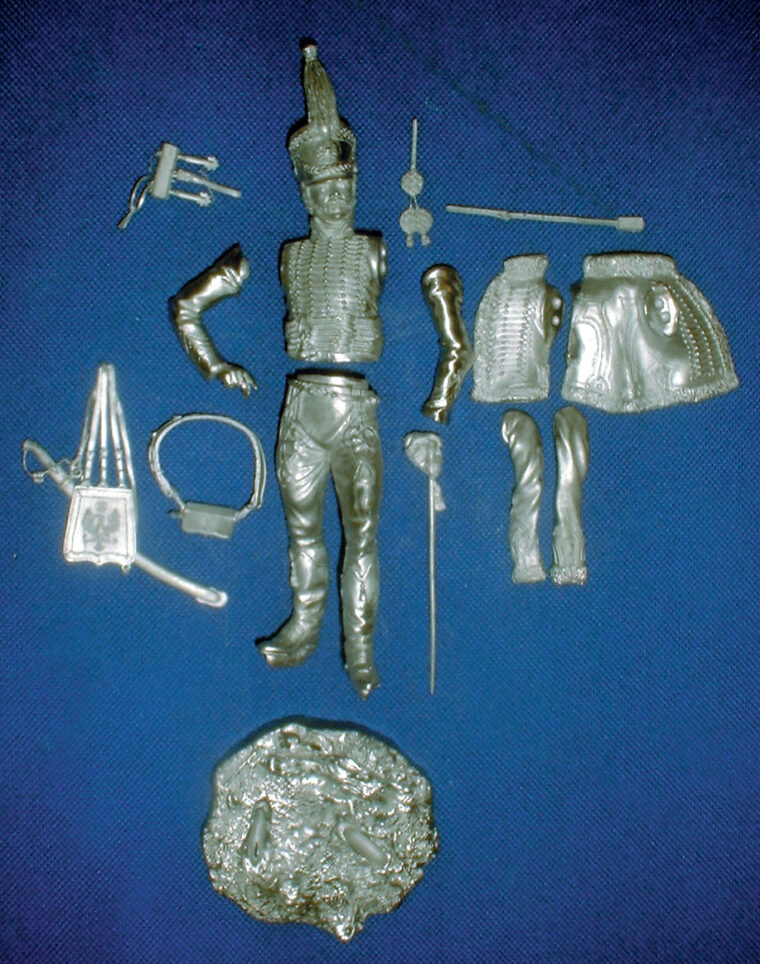
In the early 1960s 54mm metal figures sold for about $2 each, but these prices are long gone. Today 54mm figures range from $15 to $25, depending on the composition—a resin casting is usually on the lower side of that price scale. A 90mm figure will now cost between $30 and $40. A 120mm will range in price from $30 to $60. The same prices hold true for busts. Mounted figures, that is on a horse, cost more. A 54mm mounted figure runs around $45 and higher. A 90mm and 120mm mounted figure can be as much as $100 or more.
Bear in mind that these prices are for kits. They must be assembled and painted. So the question is, “Are they worth it?” I believe military miniatures have become an art form. I further submit that today’s castings are superb and the skill of contemporary miniature painters unbelievable. So are they worth the price? My answer is a resounding “YES.”
What is the future of military miniatures? No one can say for sure, but this field was started by serious persons wanting to create a new art form. I believe they have.
If you would like to learn more about military miniatures, the National Capitol Model Soldier Society of Metropolitan Washington, DC, meets every fourth Tuesday of each month in Annandale, Va. In September of each year they also host their Annual Show. For more information, call Mr. Norbert Lustine at 301-384-4100.
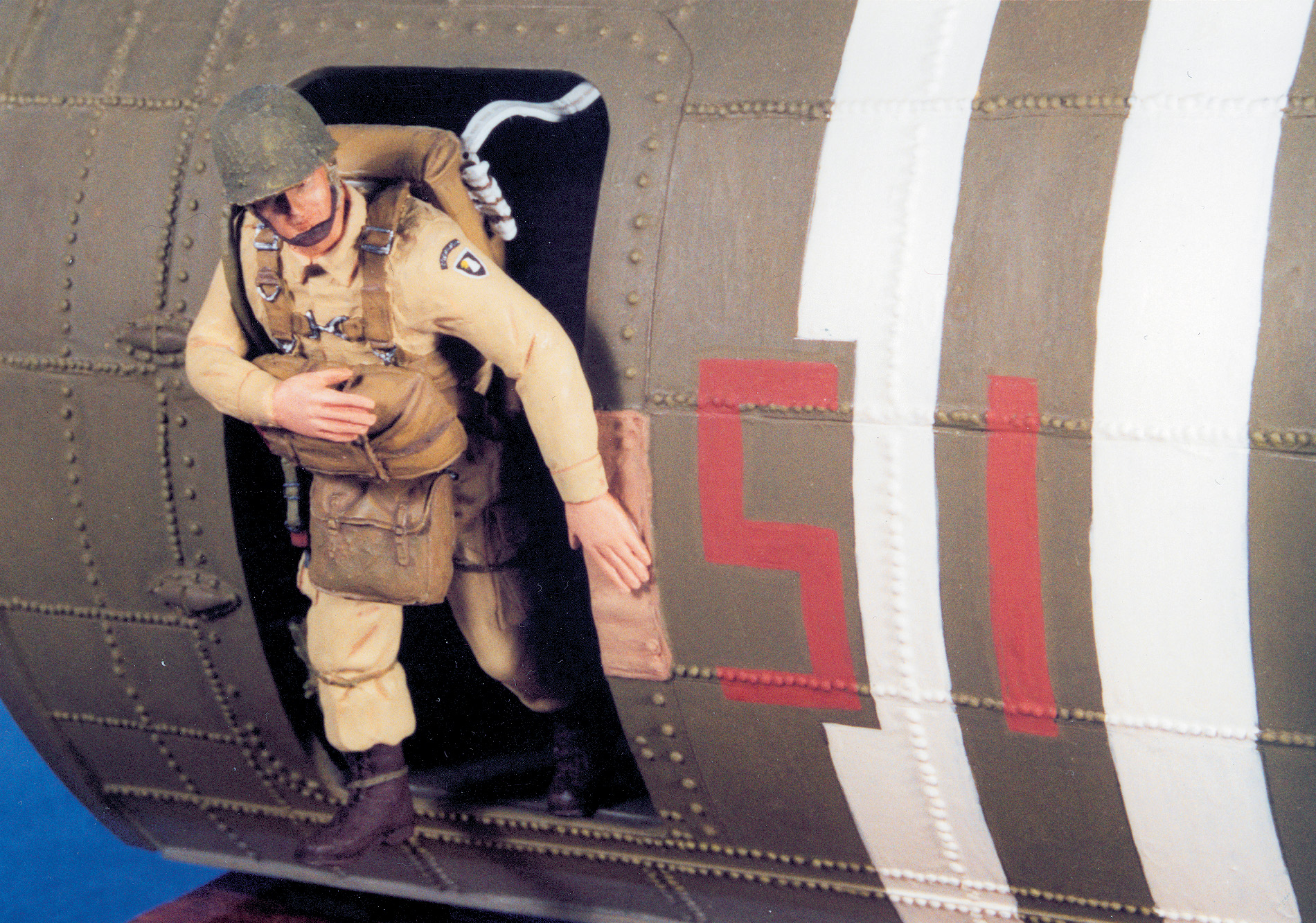
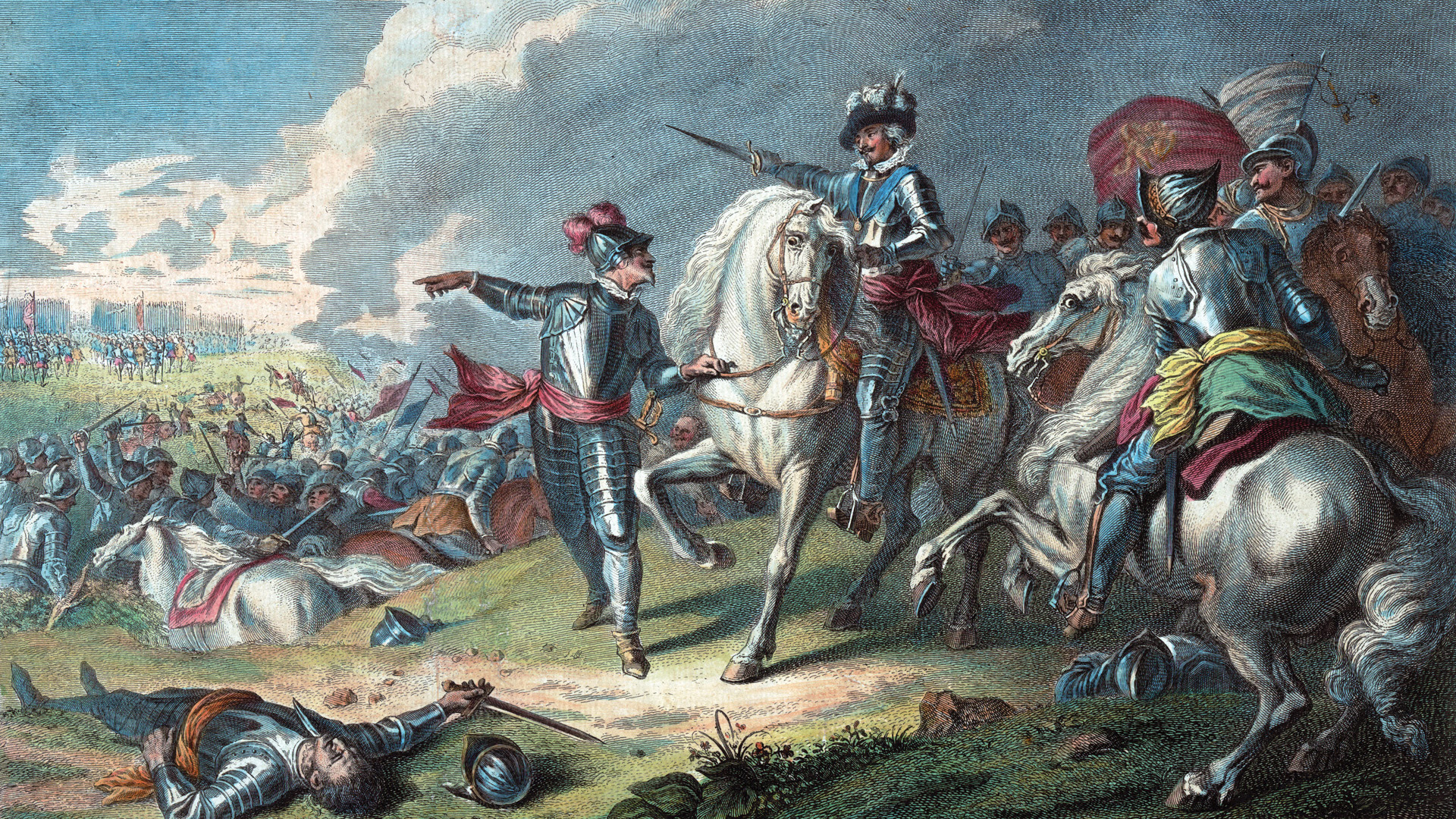
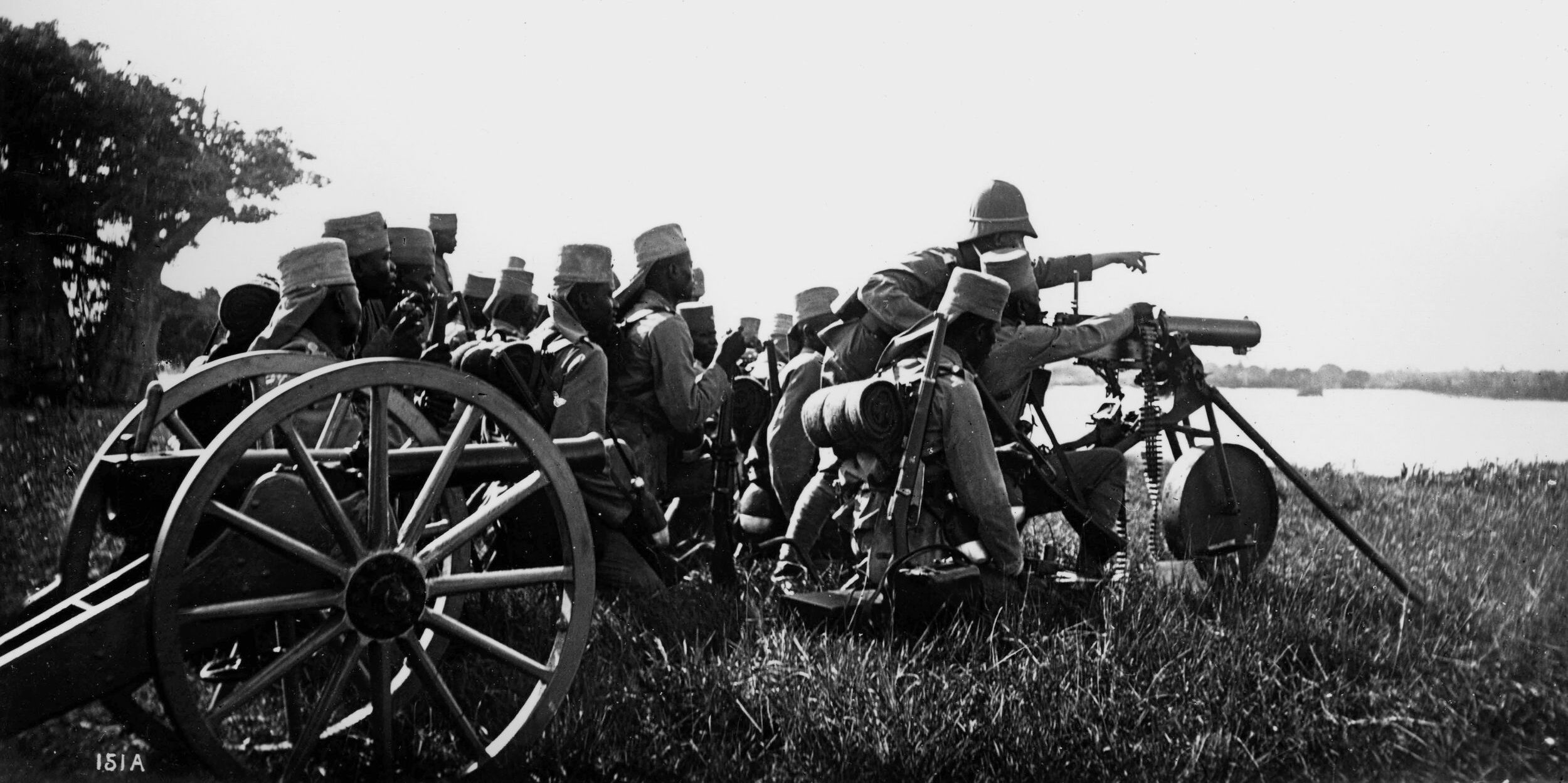
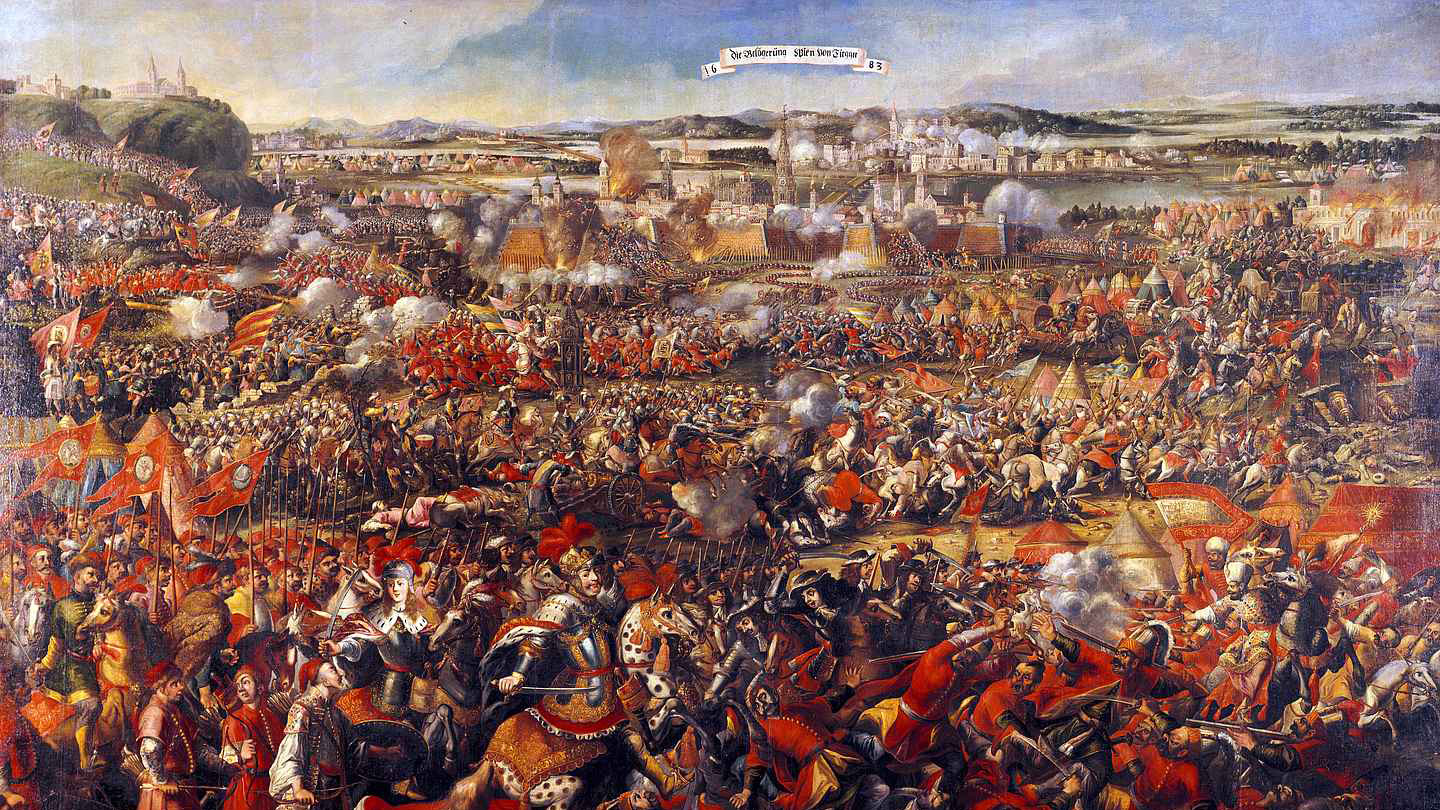
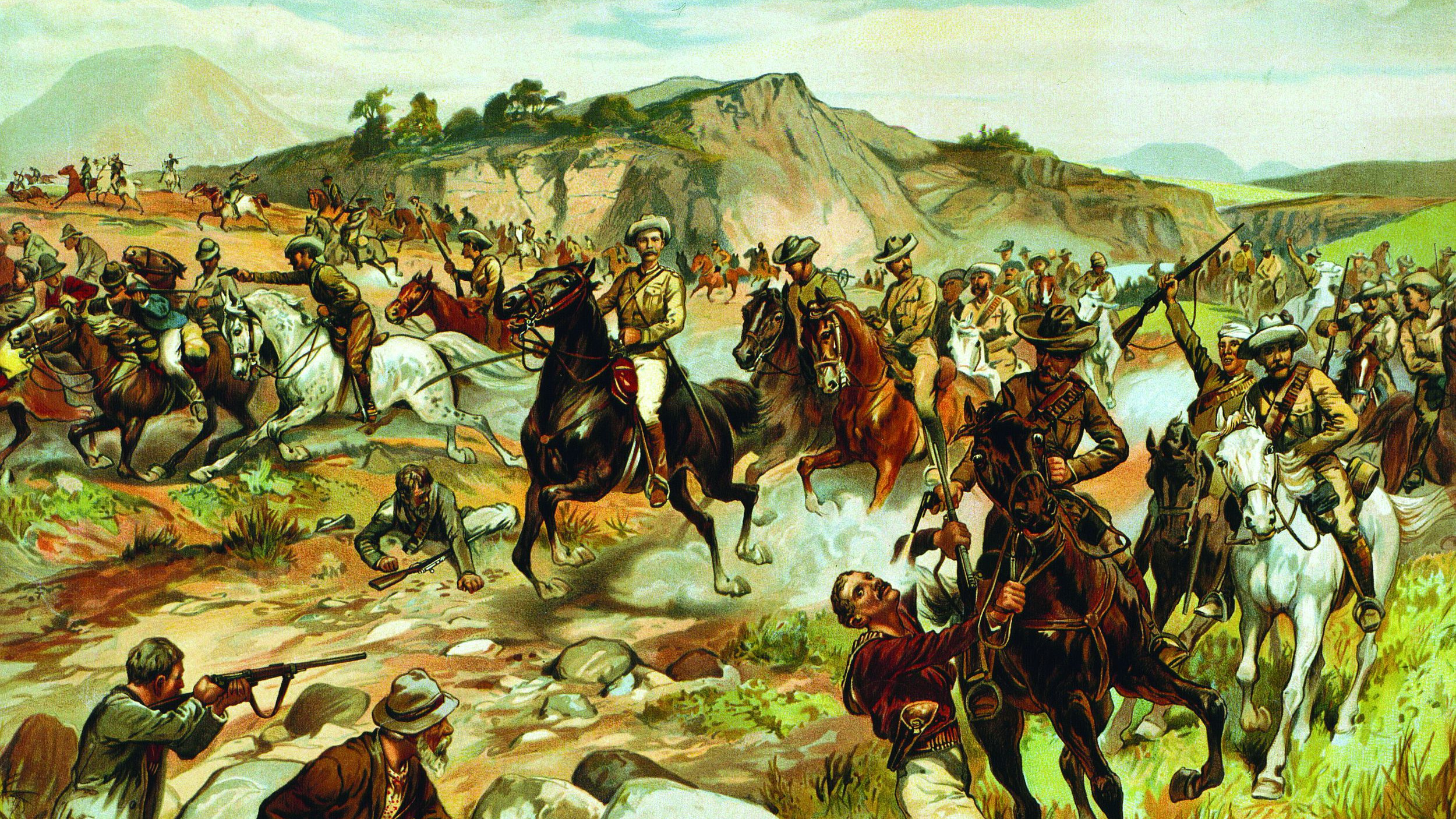
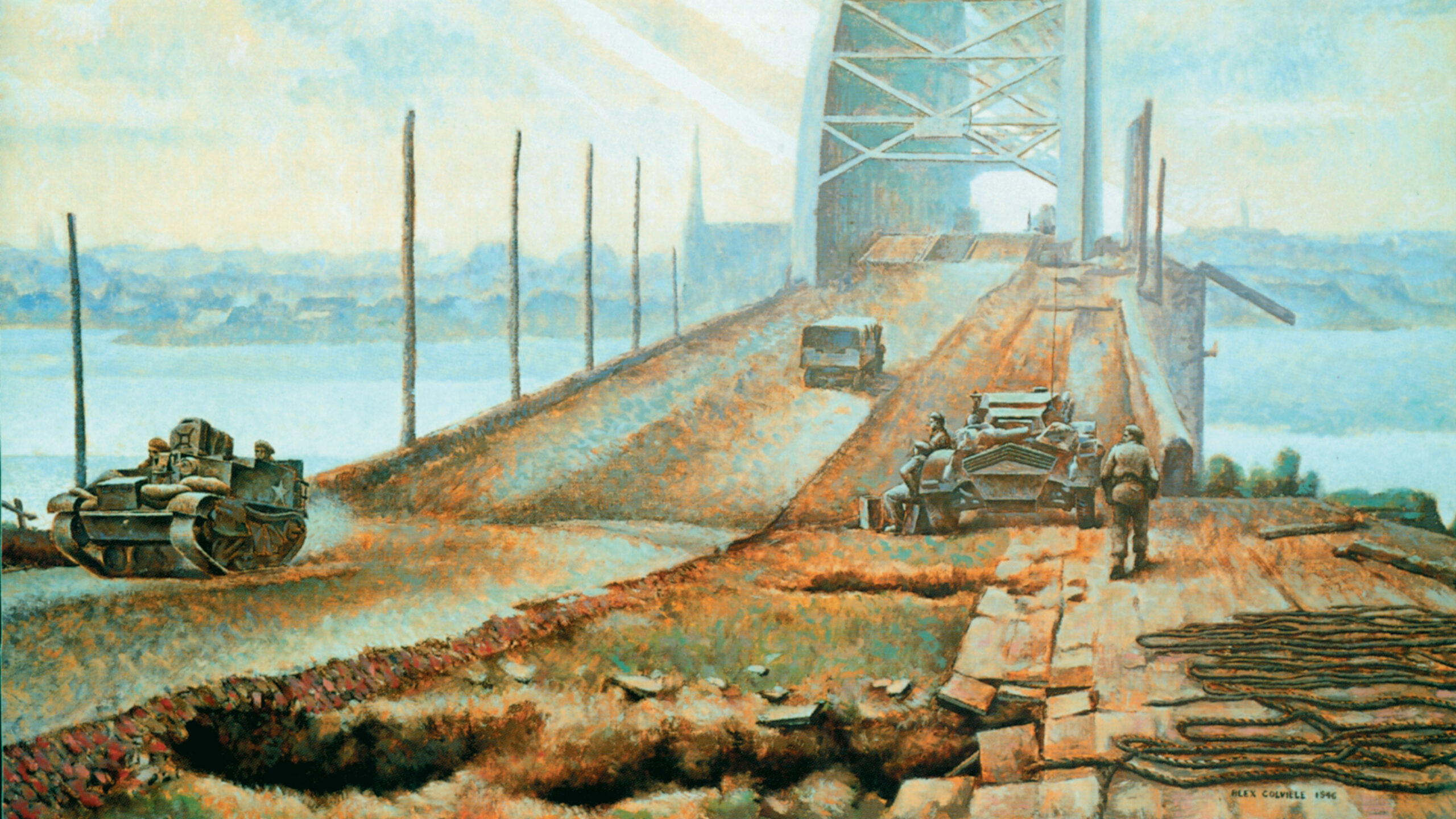
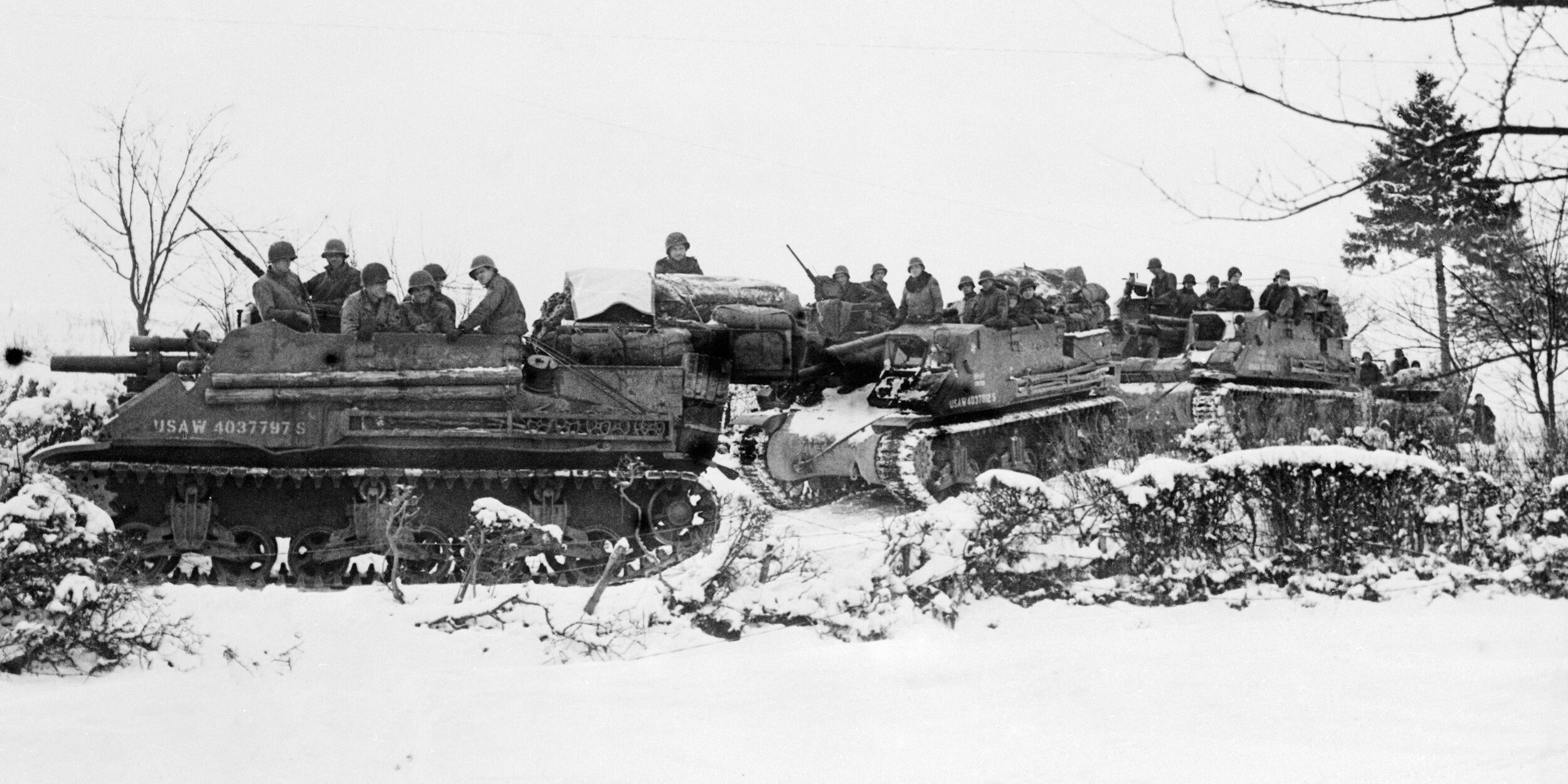
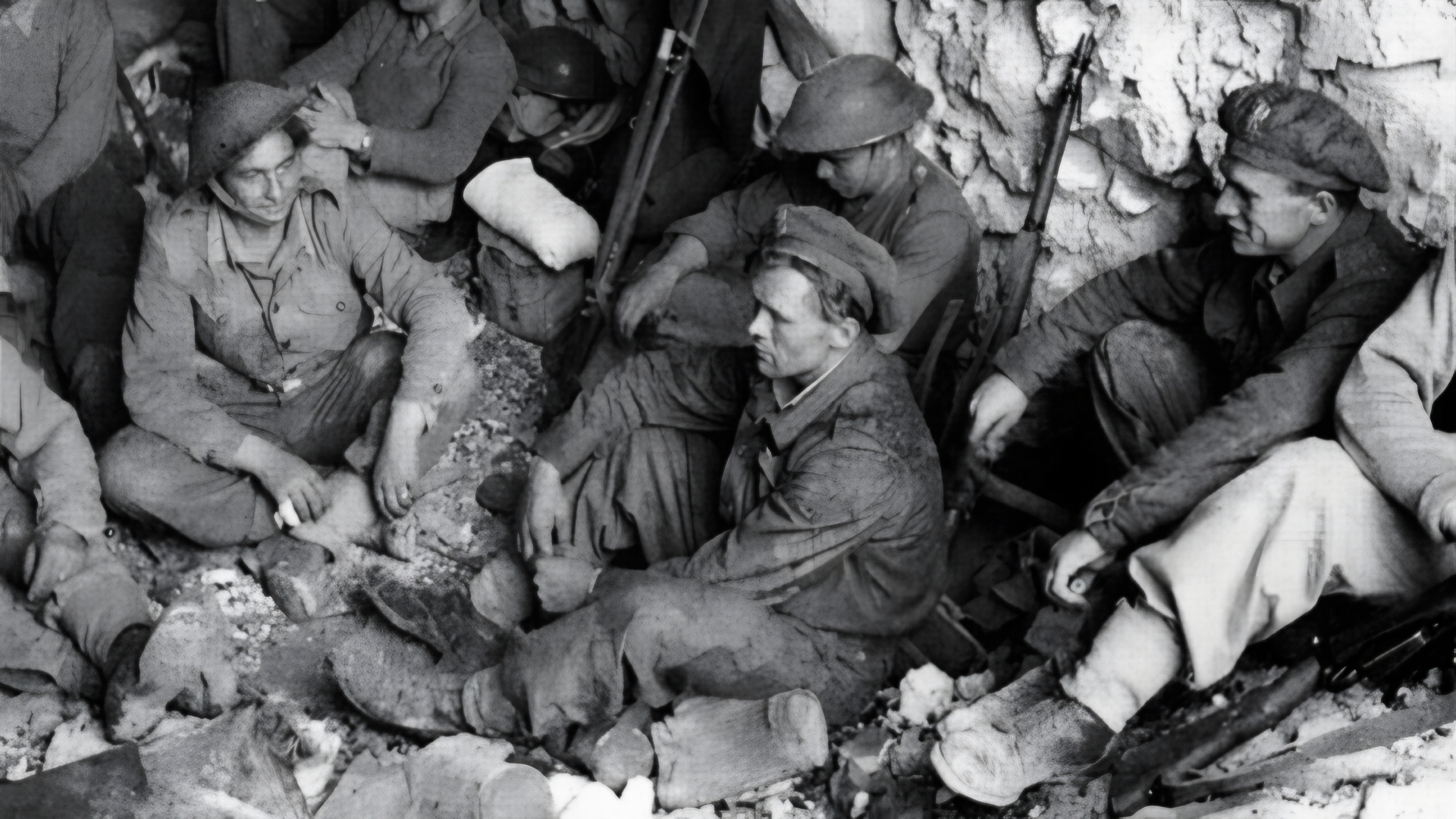
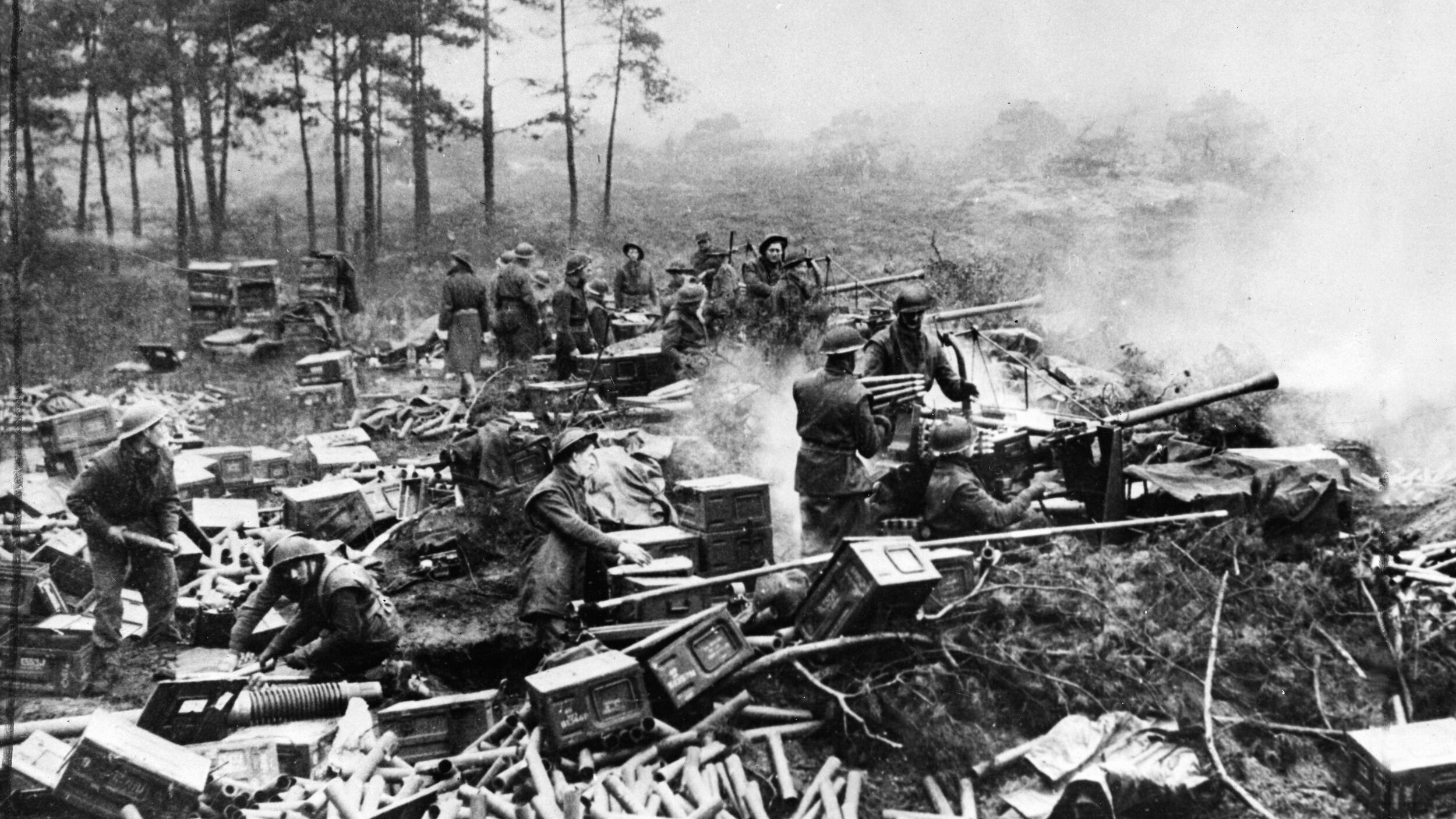
Join The Conversation
Comments
View All Comments